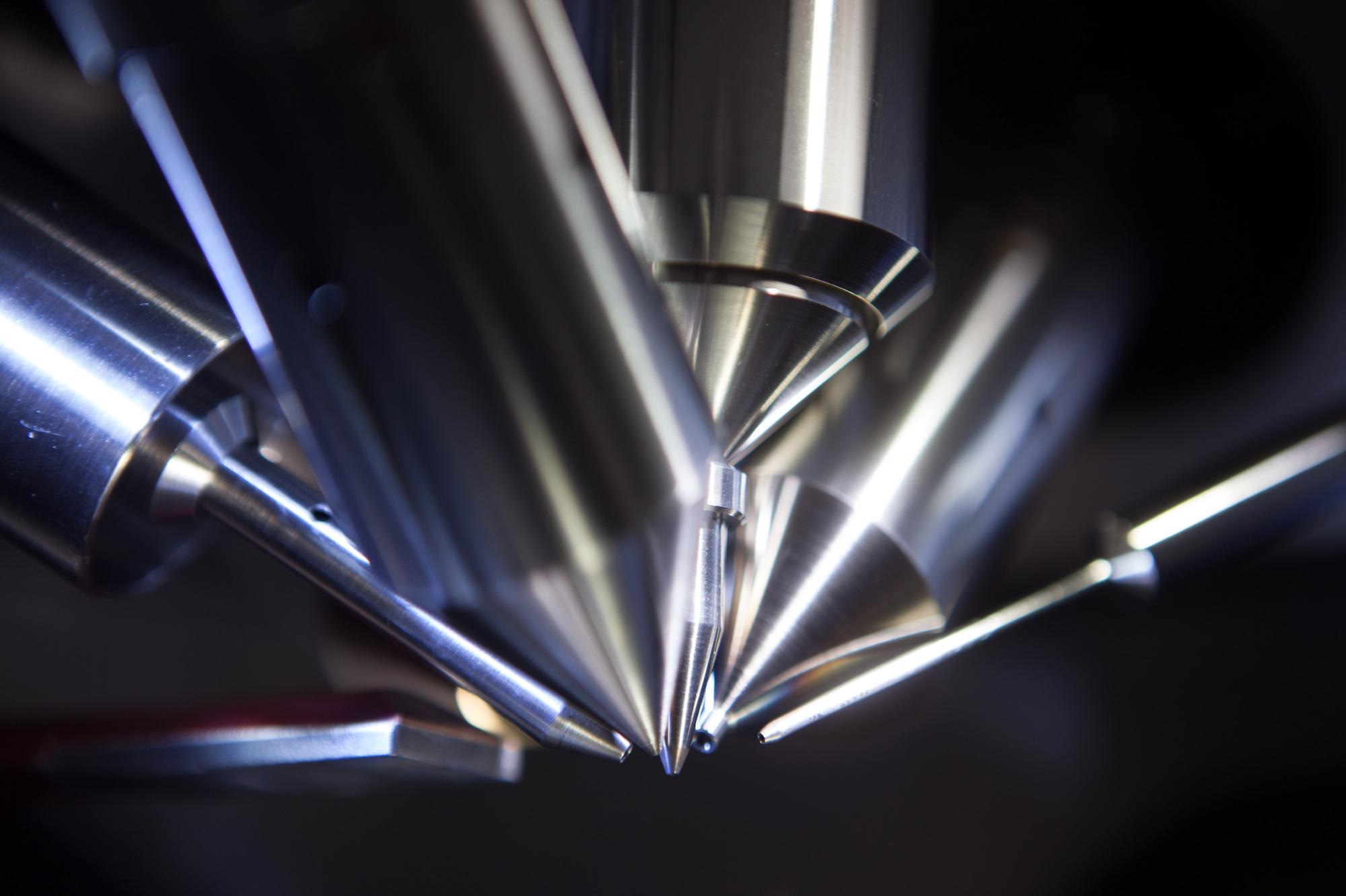Every laser laboratory should employ a robust suite of pulse characterization instruments. Many technically demanding applications require a laser pulse to be profiled in terms of its wavelength, spatial profile and temporal profile. Knowledge of such parameters is crucial to achieving optimal performance from the laser process.

Image Credits: Shutterstock / Intothelight Photography
Laser sources are prone to changes in the central wavelength and other properties such as linewidth. It may be necessary to make rapid measurements in instances where sources of drift and noise stem from the laser itself or its operating environment.
It is also often required to implement photon diagnostics with minimal measurement times as part of instrument control and optimization feedback loops.
Diagnostic Spectrometers
A wide range of diagnostic spectrometers been developed using grating designs or scanning interferometers. In the scanning instruments, the path length of one arm of the interferometer is varied to produce an interference pattern.
These design approaches have a few disadvantages. For instance, scanning any moving component in a spectrometer is time-consuming, and the existence of moving parts puts a device at greater risk of loss of calibration due to component misalignment.
This is a particular issue when working with portable spectrometers that are regularly relocated. Recording a full spectral profile of a laser beam via a moving component also means that shot-to-shot information cannot be recovered.
Applications such as ultrafast spectroscopy or other measurements requiring high precision and sensitivity will significantly benefit from the availability of shot-to-shot data corrections that account for noise fluctuations in the laser parameters.
Cross-Dispersion Spectrometers
Collecting a single-shot spectrum requires the input pulse to be dispersed onto a detector using an appropriate optic, for example, a prism, grating or Fabry-Perot etalon. The greater the degree of dispersion, the higher the wavelength resolution and hence the better the ability to resolve closely spaced wavelengths.
Etalons are generally the optic of choice when looking to resolve closely spaced wavelengths. Etalon-based spectrometer designs can facilitate the easy resolution of light sources with wavelengths spaced by just a few picometers apart. (The spectral resolution of an etalon is determined by the thickness of the etalon).
Most basic etalon designs can record well-resolved spectra of narrowband sources. However, for broadband sources overlapping etalon orders place a severe limitation on the spectral range of the instrument. Fortunately, it is possible to use a cross-dispersion design to mitigate the effects of the overlapping etalon orders. Once the etalon has vertically separated the beam, its output is then stretched horizontally utilizing a diffraction grating to spectrally separate the etalon orders.
The beam can then be focused onto an array detector to facilitate the viewing of the complete spectral profile of a laser, including its central wavelength, linewidth and spectral shape.
LightMachinery Spectrometers
The HyperFine HN series from LightMachinery is a range of compact spectrometers offering picometer resolution, each based on a cross-dispersion design.1
These spectrometers can accommodate a range of 200 – 1080 nm, with simultaneous ranges of up to 350 nm in a number of the larger wavelength range models.
The HyperFine HN series allows users to record single-shot spectra up to a repetition rate of 1 kHz. This repetition rate benefits many pulsed laser systems by allowing true shot-to-shot measurements, while facilitating fast tracking of changes in the spectra of CW lasers.
The spectral acquisition is rapid, enabling many measurements to be performed in very little time.
HyperFine HN spectrometers’ robust measurement capabilities allow these instruments to simultaneously monitor several output wavelengths from a laser and measure the mode jumping process often seen in diode lasers.
These spectrometers have been specifically designed to achieve measurements with an incredibly high spectral contrast of ~ 60 Db – and to distinguish between intense main spectral bands, weaker sidebands or pedestal features.
HyperFine HN spectrometers can be externally triggered via the SpectraLoK software. This software provides a range of instrument control, spectral viewing and data organization capabilities.
The spectrometers feature a USB interface for communication, while standard LabView drivers are available to allow these to be integrated into existing instrument control systems.
The smallest spectrometers in the HyperFine HN range weigh 1.5 kg, with a 125 x 150 x 50 mm footprint. Despite this compact size, the smallest spectrometers still deliver a wavelength resolution of 30 pm. Some larger models feature rotating gratings designed to enhance the total wavelength range achievable in a single instrument. All models with a rotating grating offer an impressive < 3 pm resolution and <20 pm absolute accuracy after calibration.
Several spectrometer options are available, including high-resolution models designed for standard laser output wavelengths such as 1064 nm, 800 nm and 532 nm. A model is also available specifically for use with YAG lasers and their harmonics.
References
- LightMachinery (2022) HyperFine HN Series, https://lightmachinery.com/spectrometers/hyperfine-hn-series-spectrometers/, accessed April 2022

This information has been sourced, reviewed and adapted from materials provided by LightMachinery.
For more information on this source, please visit LightMachinery.